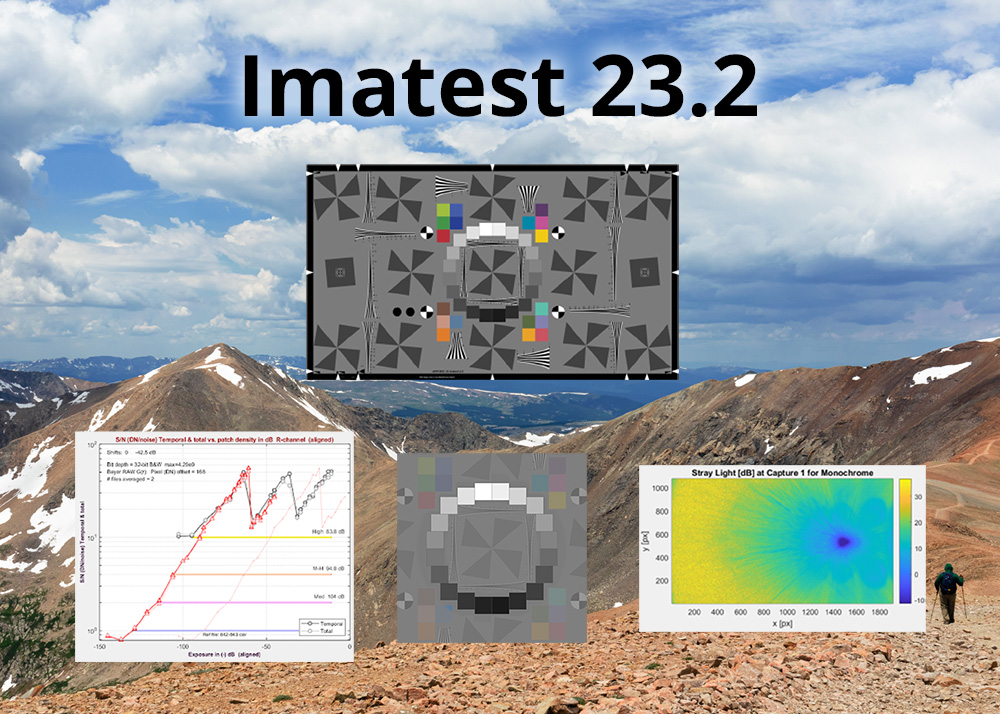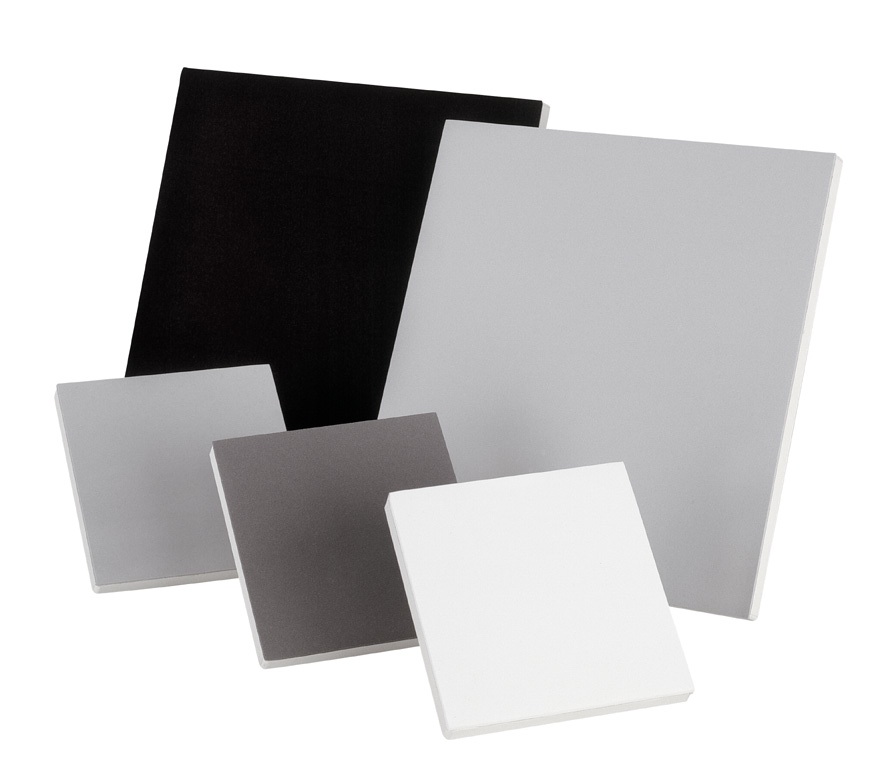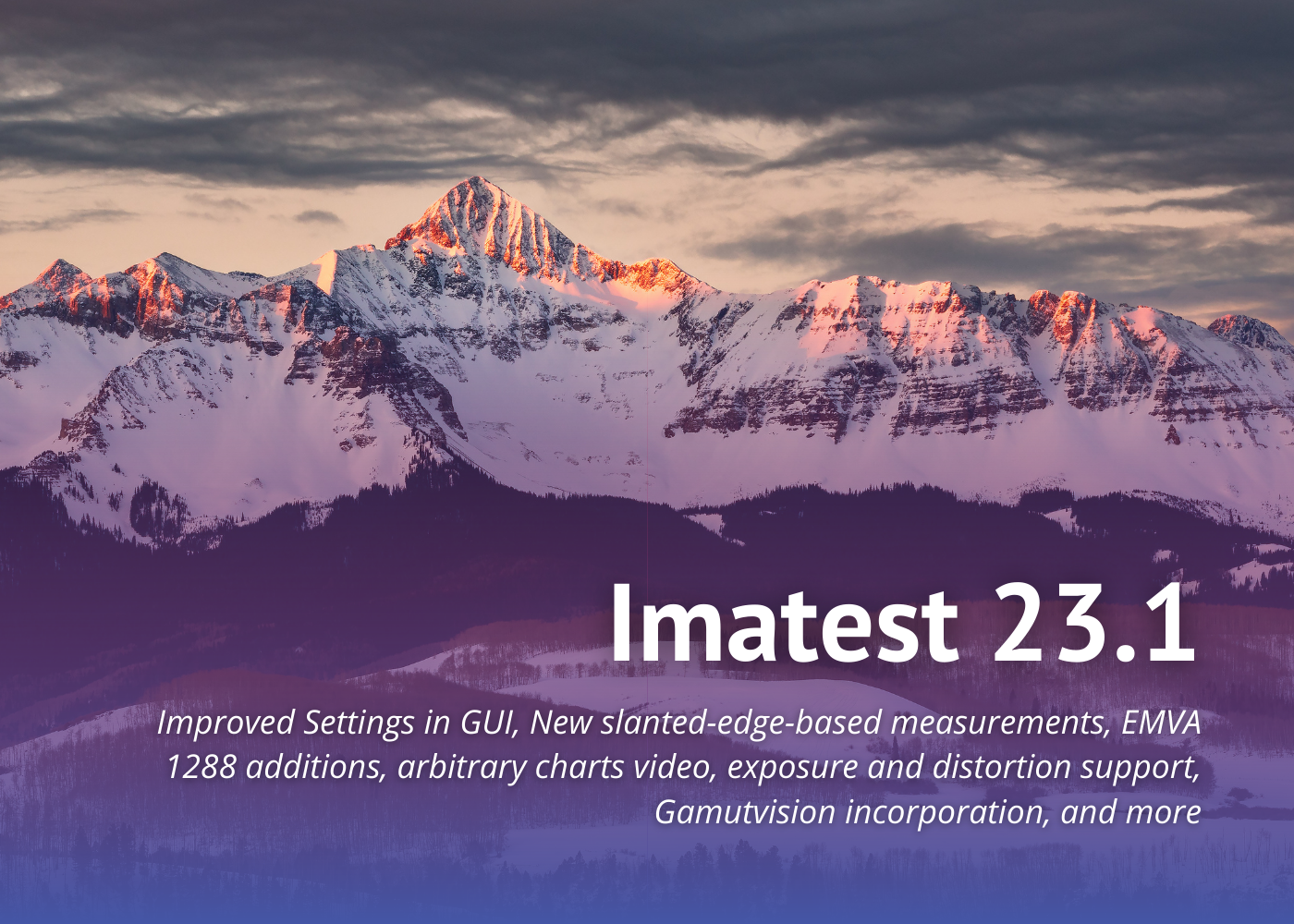Year: 2023
2023 Imatest Year in Review
This year has been a milestone for Imatest. We’ve introduced an array of innovative products, software, and services, thanks to […]
Imatest release new version Imatest 23.2
Including support for the 2023 “slanted star” revision of the ISO 12233 resolution standard, improved stray light, and improved dynamic […]
ImportError: libpython3.9.so.1.0: cannot open shared object file: No such file or directory
This error can occur if you have used “apt” to install python3.9 on Ubuntu Linux. It can be resolved by […]
Uniform Reflectance Targets
These targets provide spectrally neutrality and diffuse Lambertian reflectance for camera uniformity testing. Available in a range of sizes for […]
Virtual Visit to Imatest’s Booth at Autosens Brussels 2023
At Autosens Brussels 2023, Imatest demonstrated the Imatest Benchtop Test Stand-Stray Light/Target Projector Version. Norman Koren, founder of Imatest, presented […]
Call for Participation in Perceptual Image Quality Research
The IEEE P1858 standard for Camera Phone Image Quality has produced two revisions of its Camera Phone Image Quality (CPIQ) […]
Imatest releases new Version 23.1
2 May 2023, Boulder, CO. Imatest releases version 23.1 with new updates and features including improved settings in GUI, new […]
Imatest Customer Profile: Dan Bennis
Mia: Can you tell me about your current role? Dan: I’m a systems engineer at Precision Optics Corporation (POC). […]
Imatest Customer Profile: Professor Xu Xiangyang, PhD
Q: Mr. Xu, what kind of work do you do? A: I am currently working as a professional teacher in […]
2022 Retrospective
Happy Holidays from Imatest. We hope you have a safe and enjoyable holiday season spent with friends and family. We want to thank you all for your continued support throughout 2022 and into 2023. Cheers to a new year filled with opportunity and advancements!
Take a look back at some of our notable product releases of this year:









